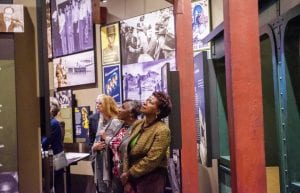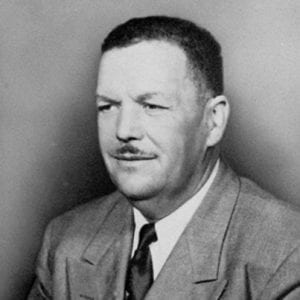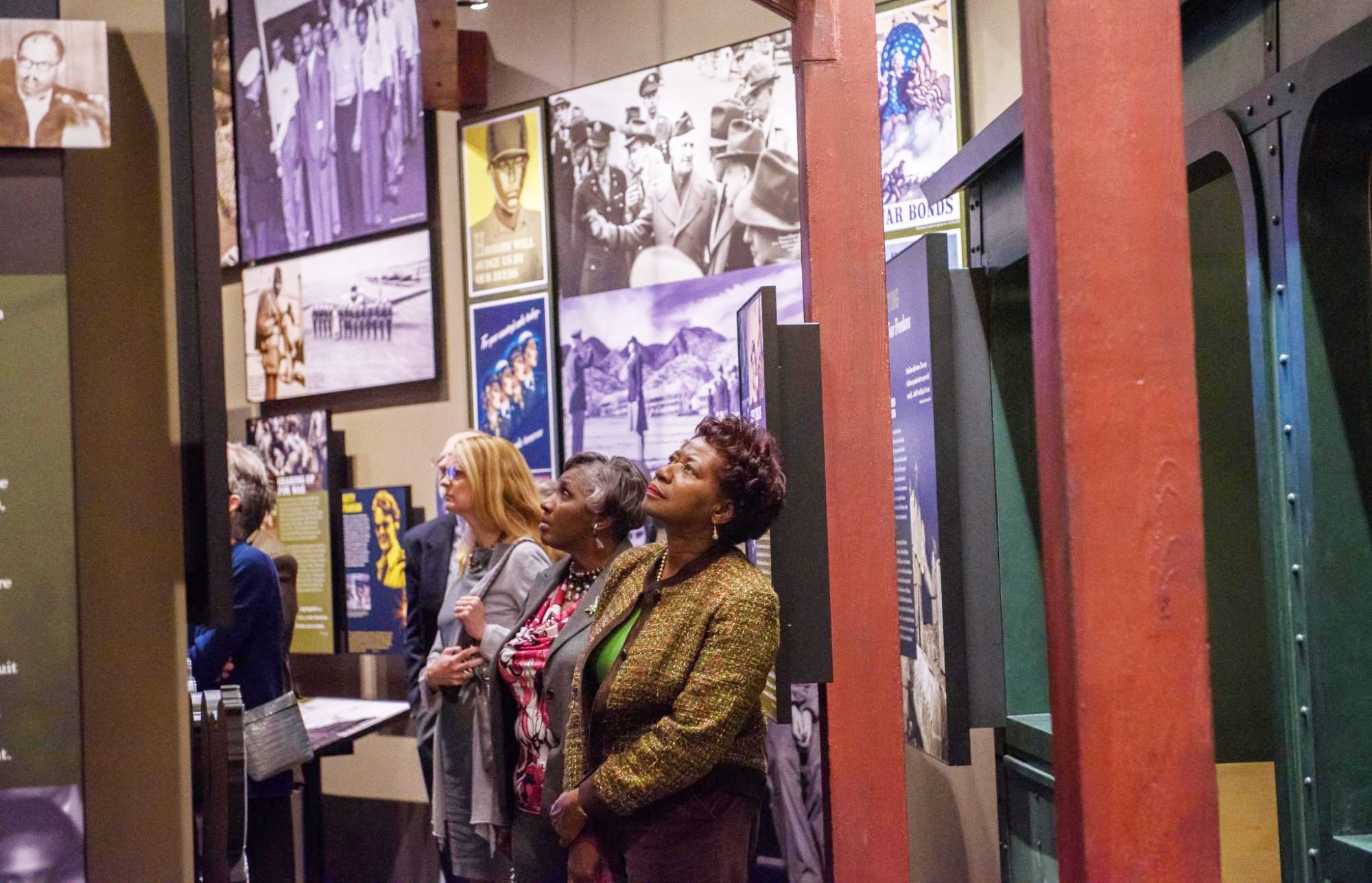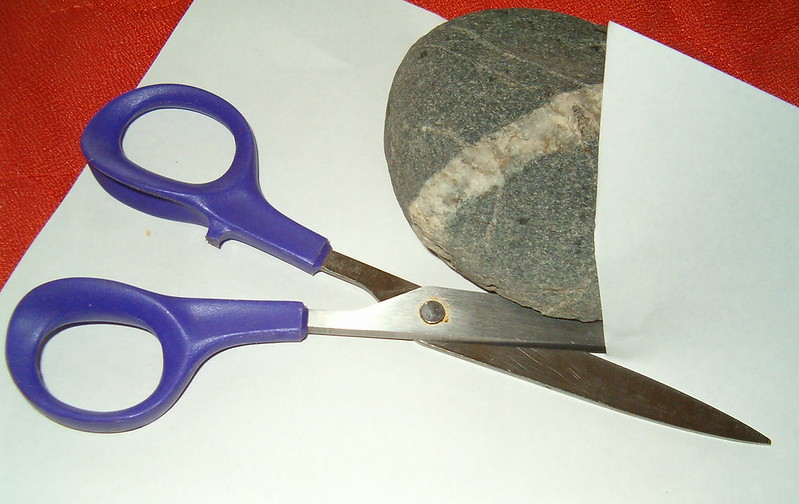
Photo courtesy of HOPE Enterprise Corporation
Recently while exploring the newly opened Mississippi Civil Rights Museum, I was drawn to a 1908 quote from Booker T. Washington: “It was a novel thing to see colored people doing their own banking, owning dry goods and grocery stores and real estate businesses in the way that these Mississippi Negroes do.”
These words were a poignant reminder of how our past constantly informs our present.
My touring companions that day at the museum were board members of Hope Credit Union and Hope Enterprise Corporation—a diverse group of men and women who believe strongly in the collective power of people to build thriving communities. Together, we viewed artifacts behind glass displays, like the weathered apron that had been worn by a Black housekeeper, and graphic images depicting angry faces or those hardened by abuse, and still others made stony by resolve. No one was left untouched by the poignant reminders of a brutal era when Black Americans were not only marginalized, but terrorized, in the Jim Crow South; and of the perseverance demonstrated by those who bravely confronted such gross atrocities.
In Gallery 2, where Washington’s quote was framed, we learned an empowerment story. It was a brief history of how Black people found a way to advance despite living in an environment constructed to hold them back. They did so by relying on themselves and patronizing Black-owned businesses within their communities. Another exhibit highlighted the Delta Ministry, a civil rights project that among other things included the organization of self-help cooperatives. These enterprises, whether producing crafts or clothing to sell, promoted self-sufficiency among people who had been denied opportunities for decent-wage jobs in the Mississippi Delta.
The International Cooperative Alliance defines a cooperative as “an autonomous association of persons united voluntarily to meet their common economic, social, and cultural needs and aspirations through a jointly owned and democratically controlled enterprise.” Such enterprises were indispensable during the turbulence and unrest of the civil rights movement. They helped fuel the spirit of determination and collective action that was vital to circumventing the racist and oppressive socioeconomic system that dominated the Jim Crow South. And, such enterprises, like Hope Credit Union, are still necessary today.

Vernon Dahmer. Photo from Southern Poverty Law Center website
Inside the museum are numerous stories of the individuals who embraced this spirit. A prominent example is Vernon Dahmer, a Black farmer, store owner, and NAACP leader. In his Hattiesburg shop, Dahmer sold goods in an underserved community. But, in the eyes of the Ku Klux Klan, he took a step too far by making loans that enabled Black citizens to pay their poll taxes so they could vote. Dahmer died in January 1966 from injuries related to the firebombing of his home.
Two years later, Dr. Martin Luther King Jr. told sanitation workers in Memphis that “our struggle is for genuine equality, which means economic equality.”
Those courageous freedom fighters on whose shoulders we stand understood that true liberty in America would only come through economic empowerment. The struggle endures today. The fact that across America we confront debilitating racial and economic divides is the reason we embrace cooperative economic development.
Our service area includes Alabama, Arkansas, Louisiana, Mississippi, and Tennessee—all Deep South states with large percentages of people of color, and where one-third of the nation’s persistent poverty counties are located. These conditions are sad legacy of the region’s long struggle with racial and social justice. Sadly, the implications of these disparities are most distressing when we consider the circumstances of young people.
In Mississippi, 46 percent of Black children live in poverty, compared to 16 percent of white children. Among school districts where the majority of the population is white, 72 percent of school districts are rated either A or B. For majority Black school districts, only 10 percent have the same grade.
It was humbling to visit the museum with HOPE’s board members, several of whom are profiled in the exhibits, including Hodding Carter III, Billy Percy, William Winter, and Mike Espy. A former U.S. Agriculture secretary who in 1986 became the first Black congressman elected from Mississippi since the Reconstruction, Espy is the grandson of T.J. Huddleston Sr., a Delta businessman who organized Black citizens to give $1 per brick to help build Mississippi’s first black hospital in 1921.
Later on the day of our tour, another dignitary of the civil rights movement, Myrlie Evers-Williams, joined us for dinner. The widow of slain NAACP field secretary Medgar Evers and former president of the national NAACP, Evers-Williams is a member-owner of Hope Credit Union, and has described HOPE’s work as a continuation of the civil rights movement.
The lessons and lived realities of Mississippi’s civil rights history anchor HOPE’s work, and guide us as we work to create opportunity ladders across the Deep South. Likewise, the cooperative enterprises that galvanized disenfranchised residents in years past offer a solid blueprint for economic mobility today.
A question W.E.B. Du Bois once posed to Black people is today relevant to all Americans living on the edge of the economy: Should we go the way of capitalism or the way of cooperatives?
As a community development financial institution, we at HOPE actively leverage the capitalist financial system to equip those we serve to achieve the American dream. However, until freedom and opportunity ring from every molehill in Mississippi, I contend that we cannot look for rescue on some far-off horizon. The cavalry is us. Here, in our nation’s most vulnerable places, every vulnerable person and those more fortunate who care about their well-being, are best served when we come together to help ourselves.






Comments